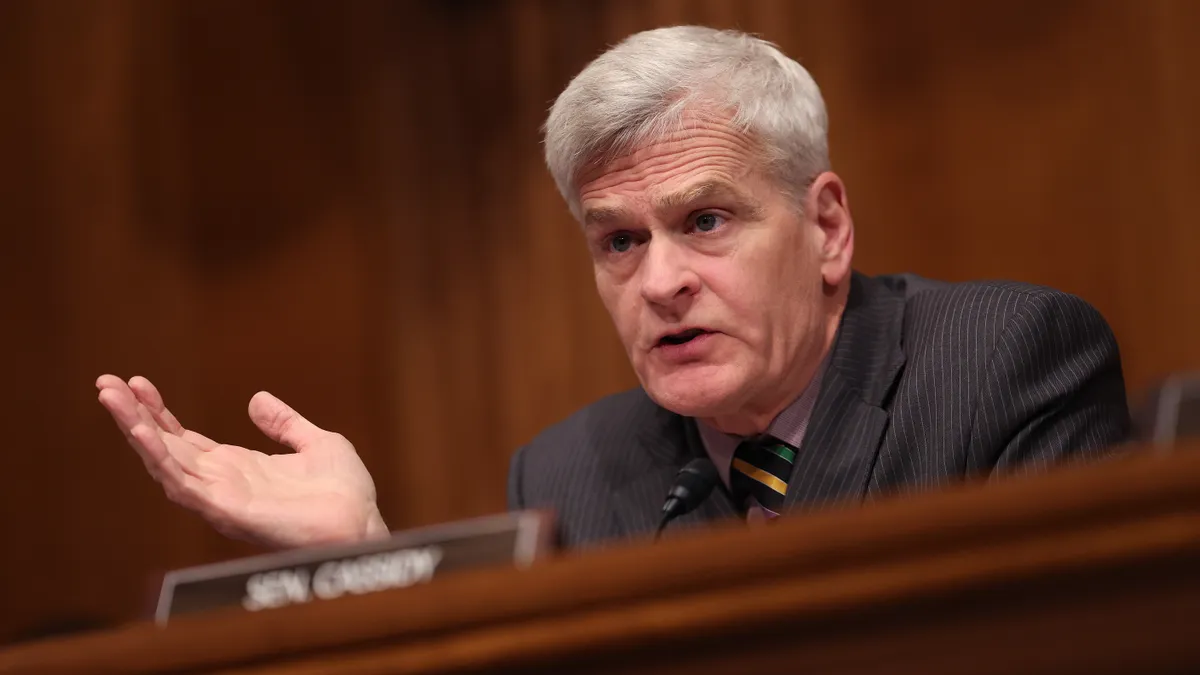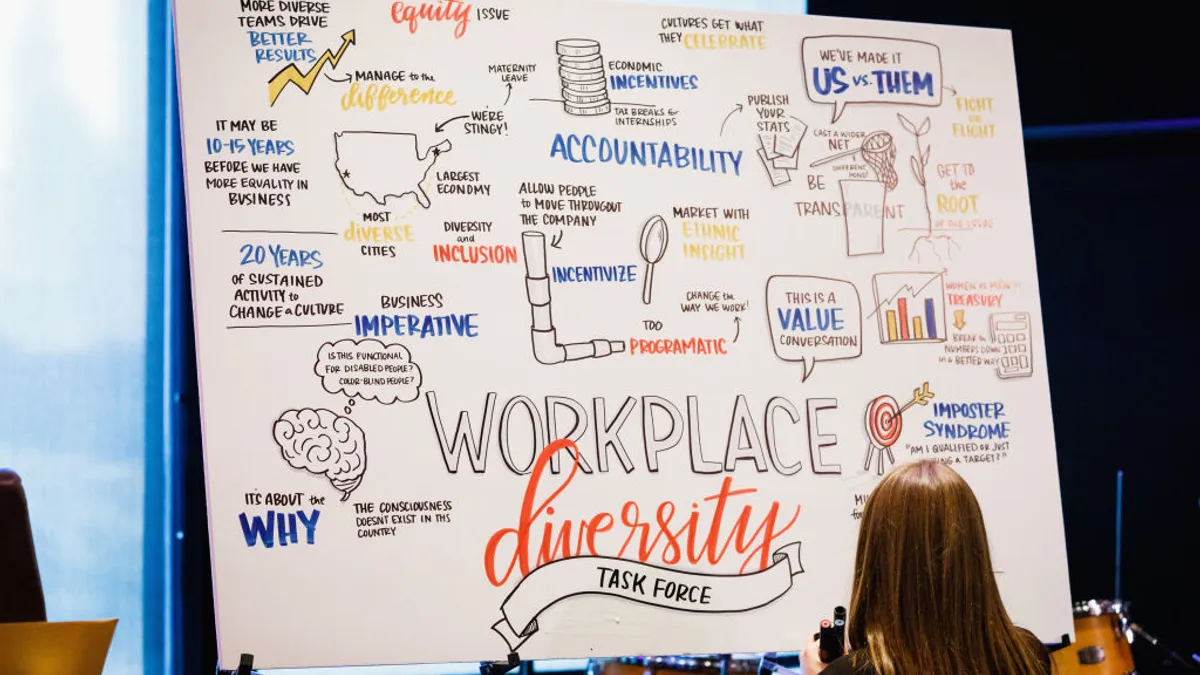Editor's note: For a regularly updated list of predictive scheduling laws, see the predictive scheduling law tracker.
If you haven’t heard the term predictive scheduling, you soon will. Primarily affecting the retail and food service industries, new scheduling laws have hit both coasts, and they have the potential to spread across country in the coming years.
Predictive scheduling is legislation designed to assist and protect workers in the food service and retail environments — although applications in other industries could be forthcoming. Historically, these employees were subject to (you guessed it) unpredictable schedules. The burden of not knowing what your schedule will be affects your ability to arrange for child care, for example. The burden of not knowning what your wages will be and whether or not your days off are truly off or for on-call work, can be significant.
For some workers, “on-call” means they are required to call before the beginning of their scheduled shift to find out if they’re needed — potentially losing work hours. For all these workers, who may typically be near or just above minimum wage, the impact of unpredictable scheduling can be severe.
At issue is the ability for employees to have a work schedule that gives them the ability to plan their lives beyond work. The equity afforded under the legislation promises to provide these basic rights to employees, often at the lowest scale of the wage ladder, for whom unexpected scheduling can have a devastating impact.
Overview of current and pending laws
San Francisco was the first to enact scheduling regulations with its Formula Retail Employee Rights Ordinance in 2014. Seattle’s Secure Scheduling Ordinance and Emeryville and California’s Fair Workweek Ordinances took effect July of this year. New York City’s law will take effect November 2017.
San Francisco employers must:
- Provide employee schedules at least 2 weeks in advance;
- Make no changes to the employee schedule with less than seven days notice; changes made past that deadline would mean employers will have to pay the employee 1 to 4 penalty hours pay; and
- On-call employees must be paid 2 to 4 hours if they are not required to work.
Seattle employers must provide:
- Rest between shifts to avoid clopening;
- “Clopening” is when an employee closes the location and opens the next morning. Shifts cannot be scheduled less than 10 hours apart, unless the employee consents: in that case, employers must pay time-and-a-half the employee’s hourly wage for the hours separated by less than 10 hours.
- 14-day advanced notice of schedules; and
- Compensation for schedule changes after posting:
- Added hours must include one additional hour of pay beyond hours worked.
- Subtracted hours paid at half the hours scheduled.
- On-call hours, if the employee is not required to work, paid at half the hours scheduled.
New York City employers must:
- Post schedules at least 72 hours in advance of any shift;
- Not cancel, change or add work shifts within 72 hours of the start of the shift; and
- Schedule retail employees for no less than 20 hours for each 14-day period.
Similar legislation is now being considered in 13 states and four municipalities. Matthew A. Steinberg, Partner at New York’s Akerman LLP, discussed predictive scheduling in a recent podcast. He predicts that, as “predictive laws continue to expand into new jurisdictions and industries, there will be pressure on employers seeking to attract the best talent to voluntarily adopt predictive scheduling policies.”
Derek Jones, VP or Business Development at Deputy, a workforce automation company, sees a correlation between the drive for predictive scheduling and other employment law advocacy. “I think it’s safe to say where there has been an appetite to drive the minimum wage to $15, so predictive scheduling laws will follow,” Jones told HR Dive.
Unexpected benefits for employers ...
For employees, the benefits of predictive scheduling are clear. But Steinberg suggests long-term benefits to the employer as well.
“In essence, predictable scheduling equals predicable wages,” Steinberg said. To provide the best customer experience, employers, he added, seek “happier and more satisfied employees — employees who know that employers ‘have their back’ will result in reduced turnover (and related costs), a real problem many employers face in the fast food, retail and other industries.”
Steinberg also points to the gig economy, observing that many new labor market entrants “prefer to work several different part-time jobs; in essence, ‘hedging their bets.’ Under this new model, employees will require that Employers A and B provide set and predictable work schedules, so that they can, in turn, provide Employers C and D with their availability. In order to attract and retain talent, it will be incumbent on employers to offer the type of predictability that these types of employees will demand.”
Ultimately, the law could benefit employers in an unanticipated way as they become more attuned to their labor needs. “The next frontier to help employers begin effectively forecasting labor needs and corresponding staffing levels are adoption of demand signals based on the use of Artificial Intelligence and Machine Learning," Jones said
Jones outlined a common situation encountered by Deputy's clients: having four people in to open business at the same time. The goal of Deputy's solutions, he said, is to help managers determine exactly how many people they'll need, which people and when those workers should arrive and depart — right down to 15-minute increments.
"To create even a single shift schedule, there are already ten plus factors that are considered for each employee," Jones said. "These new regulations add many more complicated levels to where computers are now required to assist in the scheduling or big mistakes like non-compliance and employee litigation will be made.”
... and unanticipated consequences
A 2016 study of the impact of San Francisco’s Formula Retail Employee Rights Ordinance highlighted a downside of the legislation and the operational changes being made by employers in response, including:
- 21% of employers offer fewer part-time jobs;
- 19% of employers schedule fewer employees per shift; and
- 17% of employers offer fewer jobs, part or full-time.
Of the retailers surveyed, 6% plan to pursue self-service automated alternatives to hiring employees.
Working out the bugs
As complex as the legislation is, there are already companies helping employers manage the labyrinth of scheduling. Jones points to scheduling software to remain compliant.
“Most businesses likely have exposure in notice and recordkeeping, especially if they do not issue company email addresses where communications are retained," he said. "Scheduling systems that have communication portals with read confirmations and for facilitating time-off and schedule changes will be critical. Using a modern scheduling solution, all two-way communications can be conducted and documented so there is never a dispute about what was said.”
The law's aim is for fair treatment and financial equity for employees, but it’s still in its infancy. Many localities are waiting to see if the overall impact on employers is positive or negative. The potential is there to tweak the laws to better accommodate workers and employers.
For now, the trend is on the coasts, but it could be coming to a jurisdiction near you.





















